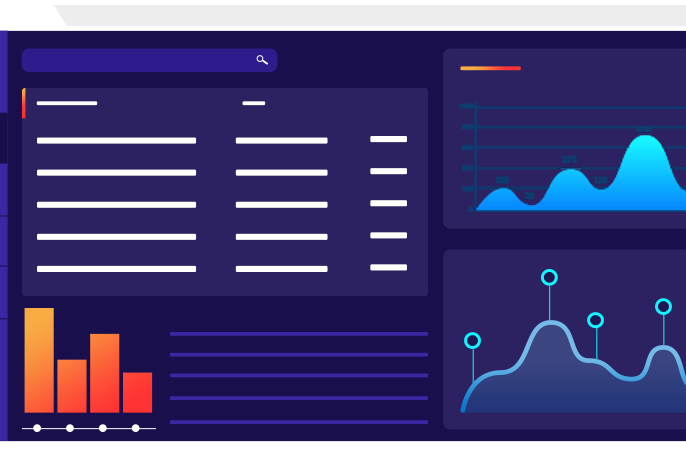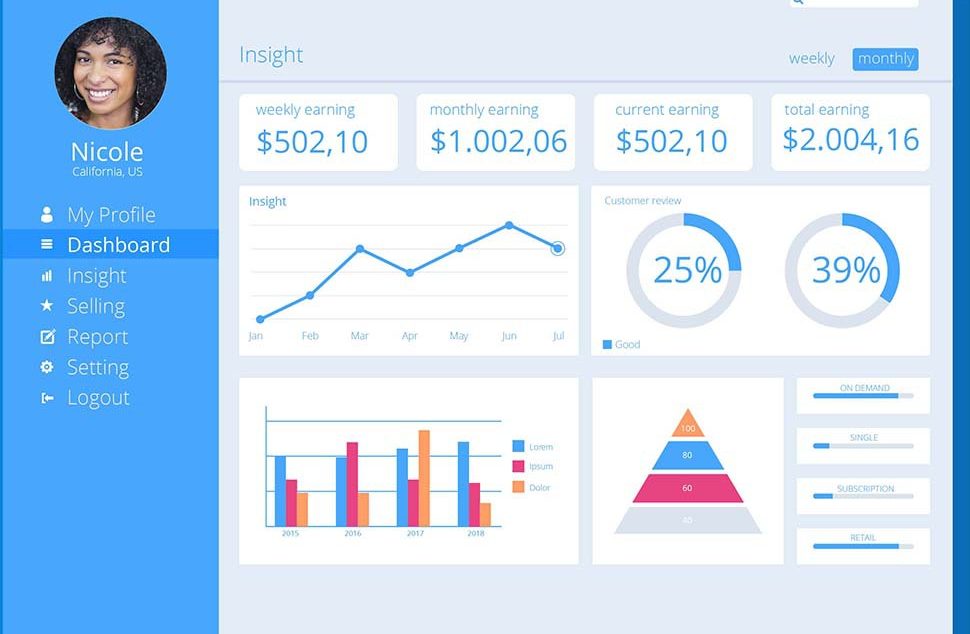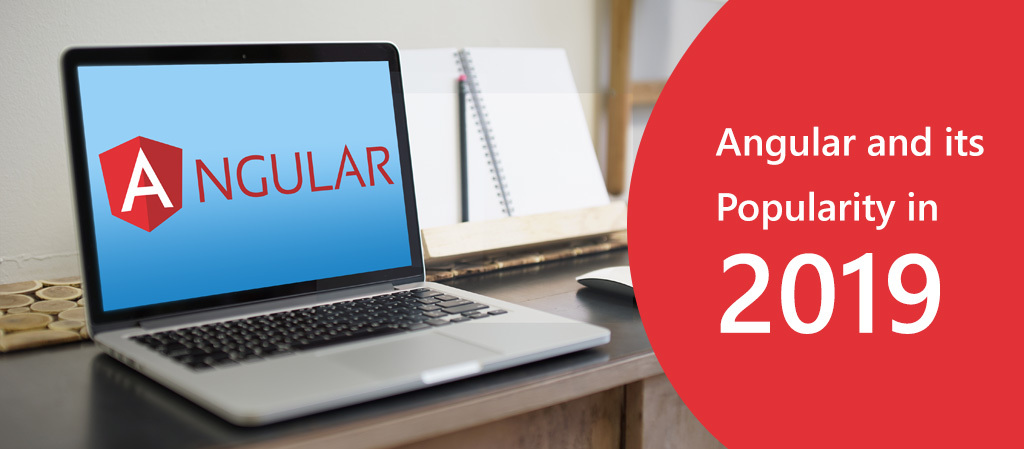
Developing Web App is an easy task today owing to the newer, emerging and constantly developing frameworks and the communities that support the growth.
The modern web development scenario is active, responsive, and highly ecstatic in its designs. Back-End coding makes a Web App efficient. However, the front-end needs to be equally responsible and the user experience needs to be efficient as well. JavaScript kicks in here.
There are hundreds of JavaScript-based frameworks that can aid you to create your next Web App. However, Angular stands out. A framework introduced by Google, Angular extends the capabilities of JavaScript, HTML, and CSS.
What exactly is Angular?
Angular is an open-source front-end web framework. It is mainly used to develop SPAs (Single Page Applications). While the framework is maintained by Google, its active community ensures that the framework keeps flourishing.
Angular is a component of the MEAN (MongoDB, Express.js, Angular, Node.js) stack. Developing a CRUD (Create, Read, Update, Delete) application is easy using this stack. While Angular is the next big thing in the web development market, the MEAN stack has been long replacing the LAMP (Linux, Apache, MySQL, PHP) stack.
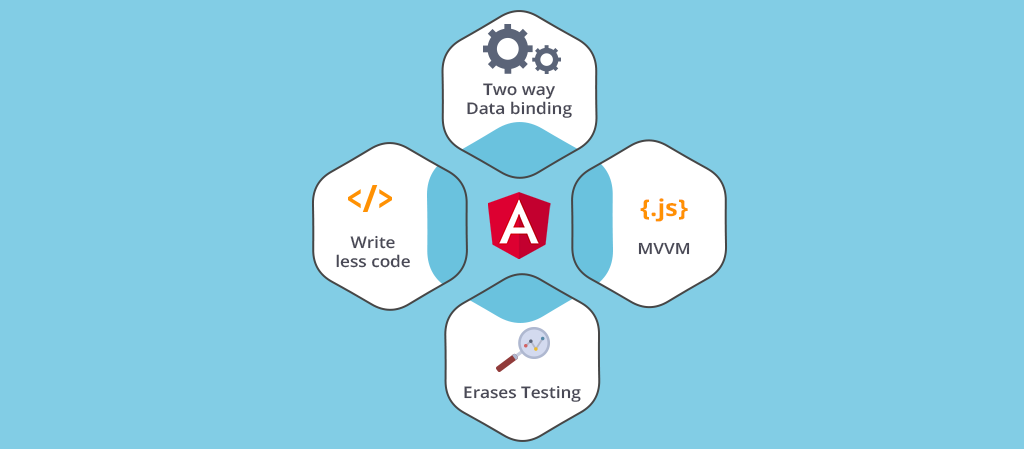
Why Angular?
Being open-source, Angular provides opportunities for all kinds of developmental shifts. You can leverage on Angular’s features according to your requirements. Also, it is cross-browser compliant, following the ‘develop once, execute everywhere’ policy. Angular creates an RIA (Rich Internet Application) cleanly and is easy to maintain or update. There’s more to it.
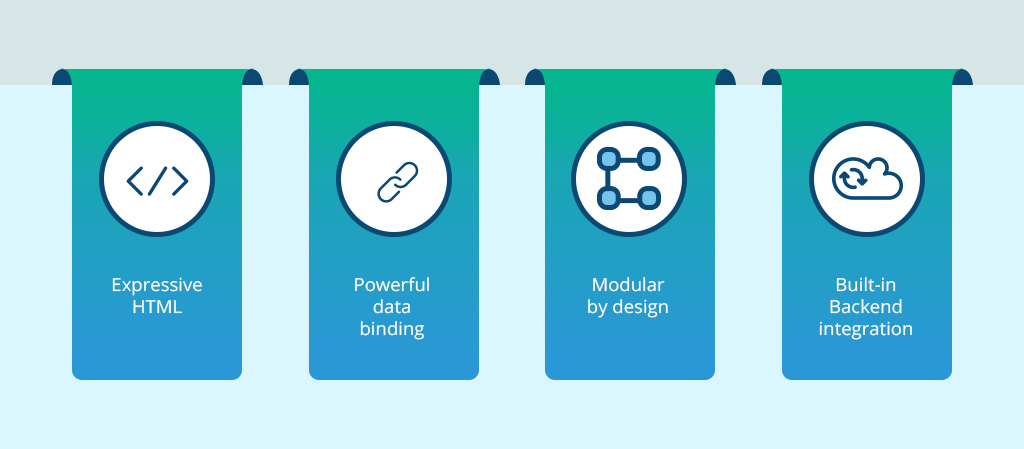
Wish to know more about Angular? Still not convinced why is it better than other frameworks? Do you have any questions related to Angular? Read ahead to know more.
Enhanced Community Support
Angular is developed and maintained largely by Google. This gives Angular an authentic edge over other JS frameworks developed by hobbyists. Then, there are certified experts who are constantly working towards bettering the framework in sync with the Google developers.

Google hosts Hackathons and conferences worldwide and invites large IT companies to attend. They take these invitees through the new features and applications of Angular. Following this trend, there is tons of online study material for Angular developers.
Do you know what that means? Searching and hiring an Angular developer is easier!
Future Ready
Angular was first released in 2010. After a long and eventual shift, Angular 2 was released in 2016. Skipping version 3 to avoid conflict with its router package, v3.3.0, Angular 4 was released in 2017. Angular 4.3 was a minor update with the introduction to certain new features.
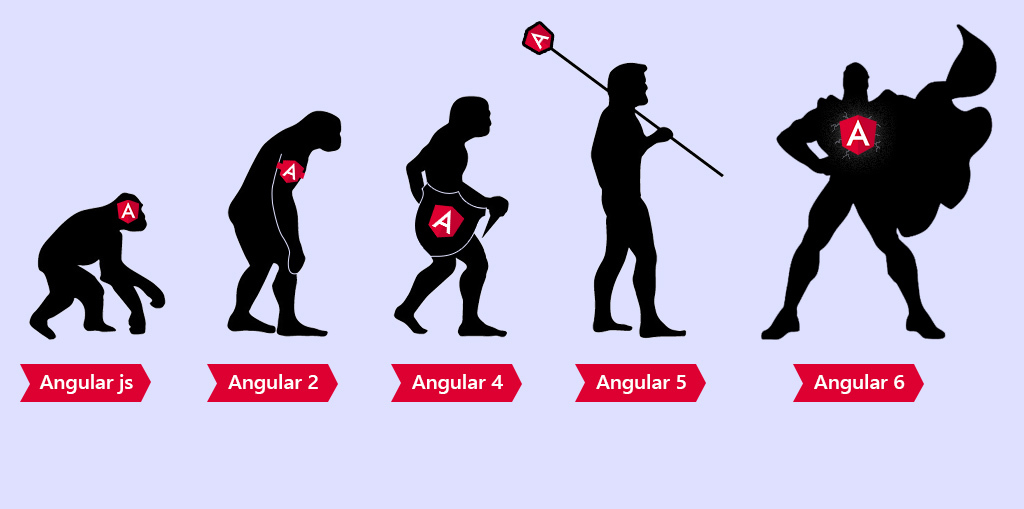
Angular 5 was released in late 2017 and introduced significant improvements over the previous version. Angular 6 was released in May 2018. This version focused more on Toolchain to make it future ready. The update included Angular Elements, ng add, ng update, CLI Workspaces, RxJS v6, and Animations Performance Improvements, amongst others.
Single Page Applications (SPA) Oriented Features
A SPA is basically a web application that interacts with the user dynamically. It rewrites the current page based on the inputs rather than loading a new page from the server. This process ensures a smooth user experience.
SPA and Angular work in tandem to provide this user-experience. The SPA loads the web elements with a single page load. Angular, on the other hand, uses the form controller. It writes down the states of each element. Using this data, you can decide on the behavior of the HTML components on the web-page.
Additionally, Angular comes handy with its built-in validation that assists in error handling. You can always create your own validator.
Model View Controller (MVC) Design Architecture
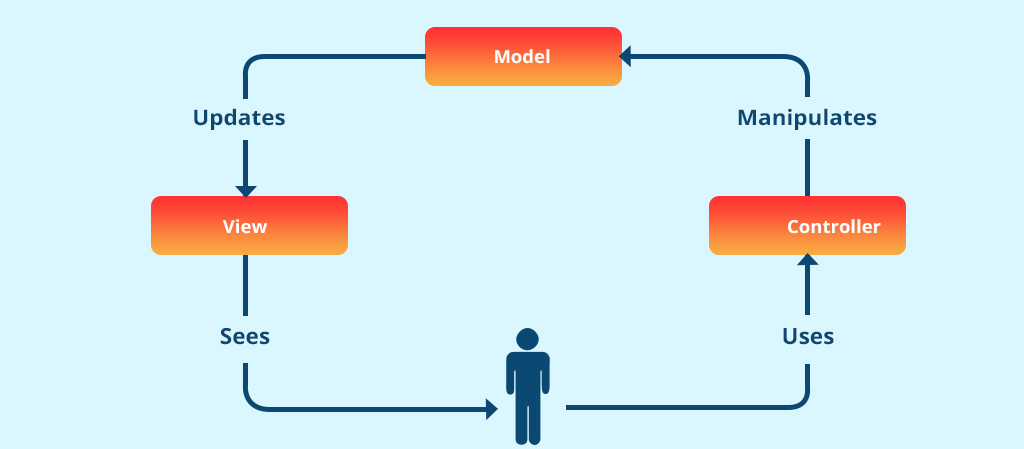
An application is traditionally divided into three parts – Model (contains data), View (data presenter), Controller (the communicator between Model and View). You need to bifurcate your app logic in three parts and then use connectors to stitch them together.
This process is complicated as well as time-consuming.
With Angular, you just need to define the three parts. Angular takes care of the stitching part. It uses Scopes; these are namespaces used as JS objects. This process saves a substantial amount of development time.
Model–View–ViewModel (MVVM)
The MVVM pattern is relatively new. It is evolving in mobile applications and is now used in SPAs too. The logic is stored in the presenter. The view is isolated from the Model. The View in MVVM is an active viewer of the objects.
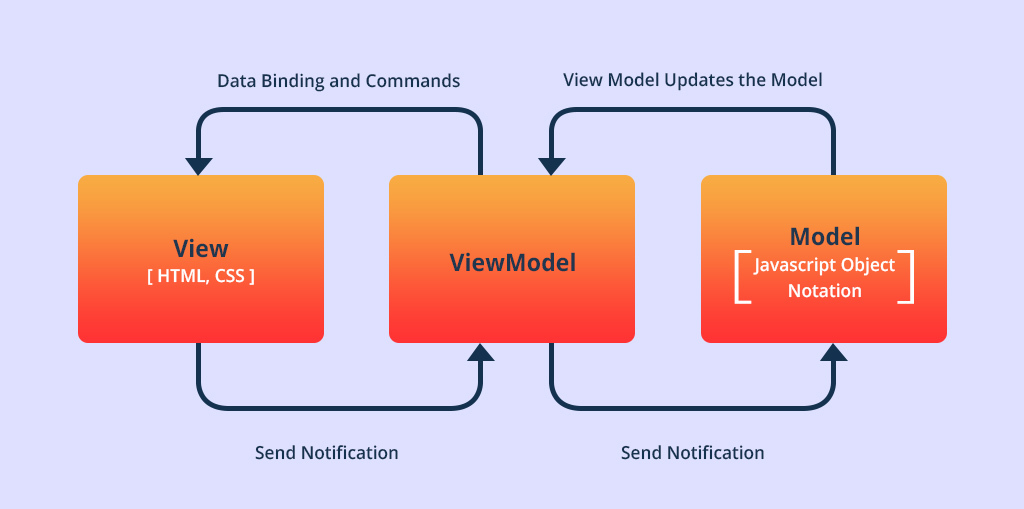
As mentioned earlier, Angular uses Scopes to communicate between Models. A scope can be divided into multiple child scopes.
Models use these child scopes or the root scope to communicate with ViewModel. For any change that occurs in the Model, the View is updated, which is reflected in the HTML that displays your code.
To put through easy words, Angular organizes your Views and Controllers. It deep-links them, turns them into navigable URLs, and provides stateless controllers.
Effective Bidirectional Data Binding
Data binding is the synchronization of data between the View and the Model component. Any update in the View is reflected in the Model. Any change in the Model logic is reflected simultaneously in the View patterns.
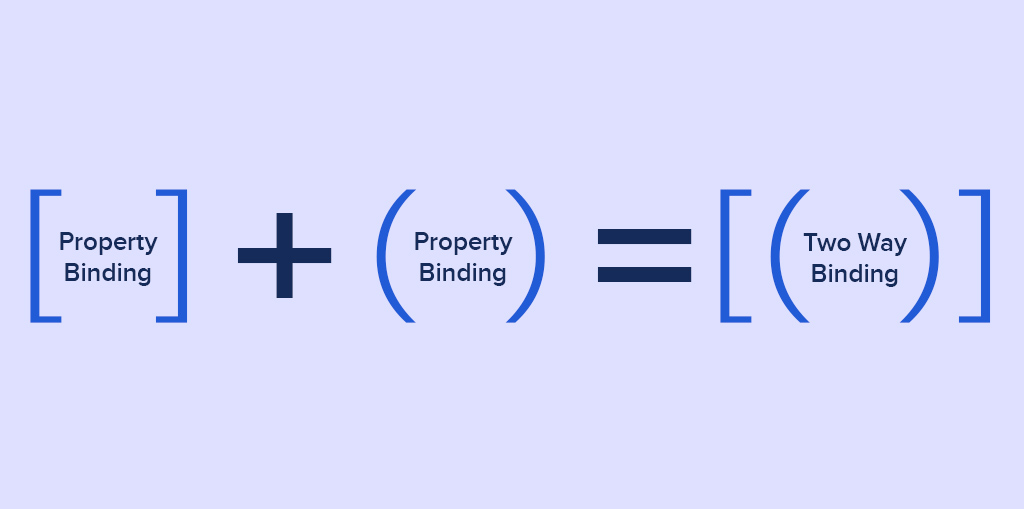
The view is just a projection of the Model. The Controller is separated from the View. This simplifies the testing phase of the app. Additionally, it reduces server interaction as theme pages can be recreated instantly.
Declarative Code Style
The Angular developers at Google believe in declarations. They believe in stating the obvious rather than the logic for the ‘obvious’.
Resulting in the belief, the declarative coding style exists in Angular. It not only makes the code lightweight but also makes it easier to read and interpret. You just need to declare the result of a process; the process of achieving the result isn’t needed here.
Use of Custom Directives

Simply put, directives are markers on a DOM element. It instructs the Angular’s HTML compiler to assign a behavior to the DOM element.
These directives focus on logic and increase productivity. They can also be reused to enhance code readability.
There are three types of directives in Angular:
- Components: These are directives with a template
- Structural directives: These directives manipulate the DOM layout by inserting and deleting DOM elements
- Attribute directives:These directives alter the behavior of an element, component, or another directive
Dependency Injection (DI)
Dependency Injection is a process that deals with how components interact with their dependencies.
As opposed to the traditional method of passing the execution to the Main method, you can opt for dependency in Angular. The dependency injection saves a lot of work on the back-end, in turn making the app more responsive and faster.
You can pass a dependency in the following three methods:
- Function Arguments: The way you define a service or directive is stored here. These arguments are registered with the modules.
- Array Arguments: These are the classes that provide the application behavior which supports the declarative markup in the template.
- Inject Service: Here, we specify the functions to run at configuration and runtime for a module.
Provides Modularity
Modularity is one of the major reasons why Angular is preferred over other frameworks. You can now create multiple modules for a single application. Also, these applications can be interdependent or independent.
Angular identifies the need for the creation of a separate module and acts accordingly. It then combines it with other modules to fulfill the need of the application.
Effectively Works on Client Side
Angular is just a piece of the overall puzzle. It handles DOM objects and puts them in a well-defined structure.
Also, Angular operates on the client-side. This functionality makes it compatible with all devices—web, and mobile. You can create a front-end for any application without worrying about modifying the back-end, making it an efficient CRUD framework.
Advantage of Ready-Made Solutions
Stuck in a fix while coding in Angular? Don’t worry, Angular’s got your back! The framework already has ready-made solutions to your problems! You can create various tasks instantly using these solutions; you can also alter them according to your convenience.
For example, you can use customized solutions for UI routing approach and module practices.
Simple Testing
Angular allows the developer to develop the code and test it separately from the module. This separation of code or module independency allows the developer to test the module or functionality much quicker, as compared to the traditional method of loading the entire module to test a particular functionality.
With Angular, you can test a particular segment while the remaining module remains untouched. This allows a developer to extract the exact result of the intended development and saves on time and resources.
Ease with Parallel Development
Angular allows the developers to write and test the code in parallel functions. Since the directives aren’t a part of the app’s internal code, the teams can manipulate it according to their testing needs.
You don’t need to write getters and setters to apply models. This allows the developers to reuse code from other functions as well without hampering the other teams’ testing. Additionally, this code mitigation allows the developers to save on time and resources.
POJO Data Models
As mentioned earlier, you don’t need to write getters and setters for models. The data models in Angular are POJO (plain old JavaScript objects). It allows you the freedom for object manipulation via the standard JavaScript functionalities. You can reuse and maintain the code easily.
As discussed previously, Angular uses Scopes. It allows the code to depend on the Controller to feed on the data. Because of the POJO feature, you can now modify properties from the objects and loop them.
Rich Internet Applications (RIA)
Earlier, front-end development was complicated. The static HTML code with JavaScript was a pain to maintain. The static feature of HTML blended with JavaScript caused a hard time for the testers the front-end without a lot of effort.
Angular solves this issue; it acts as an extension to HTML. Angular adds the dynamic to the static HTML, making it easier to code and maintain. It separates the static UI from the dynamics needed to make it a rich internet application.
Expressive User Interface and User Experience
Angular uses HTML to write UI code. Being declarative in nature, HTML allows you to create a less complicated but more spontaneous UI. It allows giving clear instruction for element action on a page without creating any complication, unlike JavaScript.
This allows a developer to create a unique and impulsive user experience for the user. The navigation becomes easier, the visuals are clearer and more impressive, and the application, in turn, becomes more appealing, aesthetically.
Comes with Effective Filters
Angular comes with a collection of inbuilt filters. They can be used in View, Controller, or Services. These filters are effective when accessing the data stored inside a responsible Angular web application.
The different kinds of inbuilt filter available are Number, Lowercase, Uppercase, OrderBy, Date, Currency, and many more. You can also add a custom simply by registering a new filter factory function in your module.
REST Easy
RESTful actions are today’s ace game to communication between the client and the server. You can interact with the server, retrieve the desired data, and retrieve the desired web page in just one JavaScript line.
Angular follows the MVVM pattern here, as it turns this line into a simple JavaScript object as a Model.
Contextual PubSub System
A PubSub system is a dynamic method that facilitates communication between the parent and child nodes. The two functions that carry out the task are broadcast () and emit (). It allows the PubSub system to be more instinctive.
The broadcast () method allows you to send a message across all child nodes. Similarly, the emit () method allows you to send a message to the ancestors. You can also choose the data binding function to communicate with the controllers.
Summary
There are many more reasons for you to turn your heads towards Angular for your next web application development. For now, let’s settle for these reasons.
Angular, being developed by Google and its community, is the most trustworthy framework today. It is constantly flourishing with newer features being added to the already existing amazing ones. You can’t possibly see this trend going down in the coming decades too.
These pointers should give you an idea of why Angular is the most favorable framework. Nothing beats the all-around application features that Angular provides. Be it a SPA, a normal web application, or just the front-end, you will never have to look beyond Angular for any assistance or innovation.
It is high time that you pick on Angular’s trend. Are you interested in creating an Angular-based web application? Do you have a brilliant idea that can be achieved via Angular? Contact us now!
12 App Development Questions
Dhananjay (DJ) Goel is the CTO at Alphalogic, passionate about technology, startups, game of thrones and coffee. He enjoys working on challenging problems with innovative startups.

